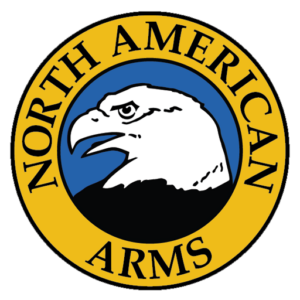I’ll admit to being disappointed, but not entirely surprised, that our introduction of the Ranger II has been something less than flawless. Unfortunately, I’m very surprised that in a number of instances it’s been as unsuccessful as it has been. There have been several reasons for this. Despite our best efforts to anticipate and address all the contingencies that surround a new product introduction, sometimes you simply “don’t know what you don’t know”. We’ve also found that we’ve made some mistakes we don’t usually make.
Just one example of our struggles has been with regards to the flow of component parts. Poor purchasing decisions, in conjunction with or prompted by a seemingly never-ending list of ongoing tweaks intended to further enhance performance or production (many of which make existing inventory obsolete) compound some output issues. The other models in our line no longer require tweaks.
Curiously, we’ve suffered some challenges with relatively simple tasks like the reaming of cylinders, a process which we have done generally successfully on millions of parts over the past 40+ years. I am every bit as confounded as many of you over some of these missteps. Sometimes, we are slow to implement new process or adapt to other changes in what has otherwise been a fairly simple world for us, where most model changes have been purely cosmetic. Re-engineering the Ranger II has been a much bigger challenge. That a company of the size and with the resources of Remington would face similar struggles (R51 pistol) doesn’t provide us any comfort.
That said, one assurance I can give you is that we will overcome these obstacles and that we will make “right” any and every mini-revolver we have ever manufactured. This is who we are.
It should go without saying that this factory (or most others) recognize quite well the economic benefits of doing the job right the first time, particularly in our case where the factory bears the brunt/entirety of the expense of fixing problems. We’d be foolish indeed to send out a gun which we have any reason to suspect may be returned to us for repair/warranty issues – particularly when we warranty virtually everything that happens to any gun that we have ever manufactured/branded, even guns that have been abused by a previous owner.
We test fire every gun that leaves this factory with at least five rounds of a wide variety of commercially available ammunition. Could we do it with 20 or 100 or more rounds to assure greater certainty? Yes, we could, but you likely wouldn’t want to pay for that and most (reasonable) people don’t expect us to do that. If during the process we see any evidence of a problem, we address it before the gun leaves the factory, otherwise we know it costs us substantially more to have the gun later returned to us – we’re not that stupid.
Why does some ammunition seem to work well and some others don’t? I’ll admit I don’t have any idea but I’m aware that it happens, in our guns as well as others. The problem is even more confounding when many people report contradictory experiences (A works well, B doesn’t in one case, and B works well but A doesn’t in another). We invite our customers to try a wide range of different brands (other than Anguilla) in our guns to identify any idiosyncrasies. Notwithstanding, it remains our mission to manufacture guns that work reliably with all ammunition all the time (but we don’t guarantee it) and we attempt to remedy problematic cases through our warranty service. Lastly, please be mindful that in all cases, the problem is not always with the gun.
While it’s disappointing to you (and us) if a newly-manufactured gun needs repair service, we offer that service cheerfully and attempt to deliver it quickly. If any of our Ranger II Early Bird customers have lost confidence or patience in our company &/or this products and would like to act on our offer, we are quite willing to have you return your gun to us for a full refund.
– Sandy Chisholm
